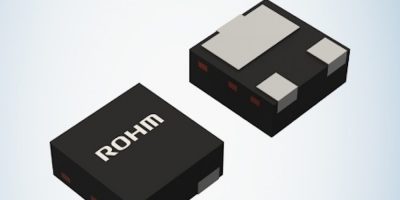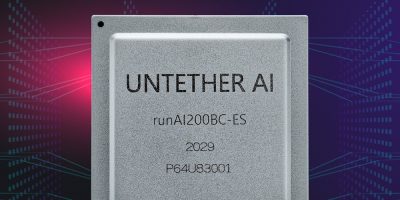A series of 21.5 and 23.6 inch projective capacitive (PCap) multi-touch screens for monitor or panel PCs from Portwell are powered by AllWinner A83T Octa-core Cortex A7 CPU to provide necessary basic computing power or Intel Atom Apollo Lake x5-E3930 processors.
The Lead-PD, -PND and -PPC series of panel PC products are designed for the IoT market. The robust, functional and flexible multi-touch human machine interfaces (HMIs) have HD 10-point PCap touch screen and are slim and bezel-free. They also have an IP65 water- and dust-proof front panel.
The 10-point multi-touch display supports a full set of gestures such as zooming in and out, panning or rotating to allow users a new way to control and interact with what’s on the screen, says Portwell.
The Lead series can be used in smart retail applications include digital signage, recognition, customised advertisements/ promotions, merchandise locations, self-checkout, and delivery. They can also be used in kiosk applications, such as point of interest, point of information in hospitality, hotel or restaurant locations, transportation such as parking lot, train station, airport; library, exhibition hall, government infrastructure, industrial or factory automation, facility management, intralogistics or smart warehouses.
Within the series are the Lead-PD series, a touch display with multi-touch function, the Lead-PND series, which is an Arm-based flat panel PC that supports the Android operating system, and there is the Lead-PPC series, utilising Intel Atom Dual Core processor compatible with Windows 10 IoT, Linux, and Android operating systems.
All three models have display sizes of 21.5 or 23.6 inches and backshell colour options in black flame-retardant plastics. They all have a full HD 1920 x 1080 resolution wide-screen display and a 16:9 ration panel. They also all have PCap and 10-point multi-touch operation and are constructed to a fanless and bezel-free design. Mounting option are standalone or VESA 75 x 75mm. The models in the Lead series are certified to CE (EN 55032 and EN 55024), FCC 47CFR Part 15 Subpart B and EN 60068-2-6 for vibration and EN 60068-2-27 shock absorption.






